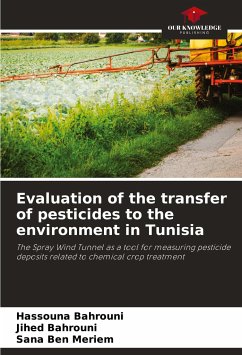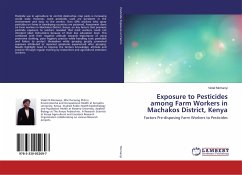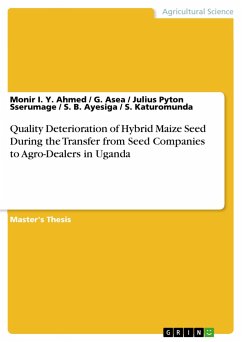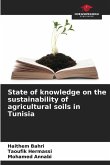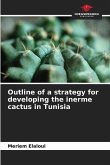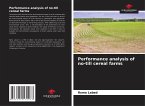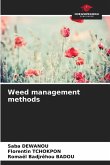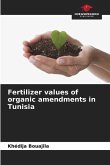The intensive management of cereals in Tunisia is an activity that consumes large quantities of pesticides (63% of the total consumption of agriculture). The rationalization of the use of these chemicals, requires the reduction of the proportions lost in the environment. Several studies have shown that, during spraying, the sprayed liquid is subject to different forms of losses that can cause significant damage to the environment and public health. Hence the importance of being able to evaluate these losses and their impacts using adapted tools. This work proposes to characterize a method for measuring pesticide deposits during spraying under controlled conditions. It is a wind tunnel of agricultural spraying, designed by a team of Tunisian researchers at the National Institute of Research in Rural Engineering, Water and Forests (INRGREF). The results obtained show that the wind tunnel is a valid tool to carry out an evaluation of pesticide transfers under controlled conditions. It allows to model the losses to the air, to the soil as well as the retention on the plants.
Bitte wählen Sie Ihr Anliegen aus.
Rechnungen
Retourenschein anfordern
Bestellstatus
Storno

